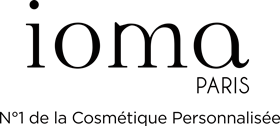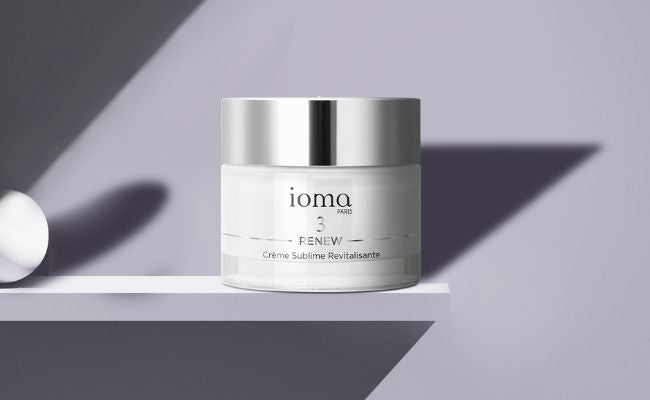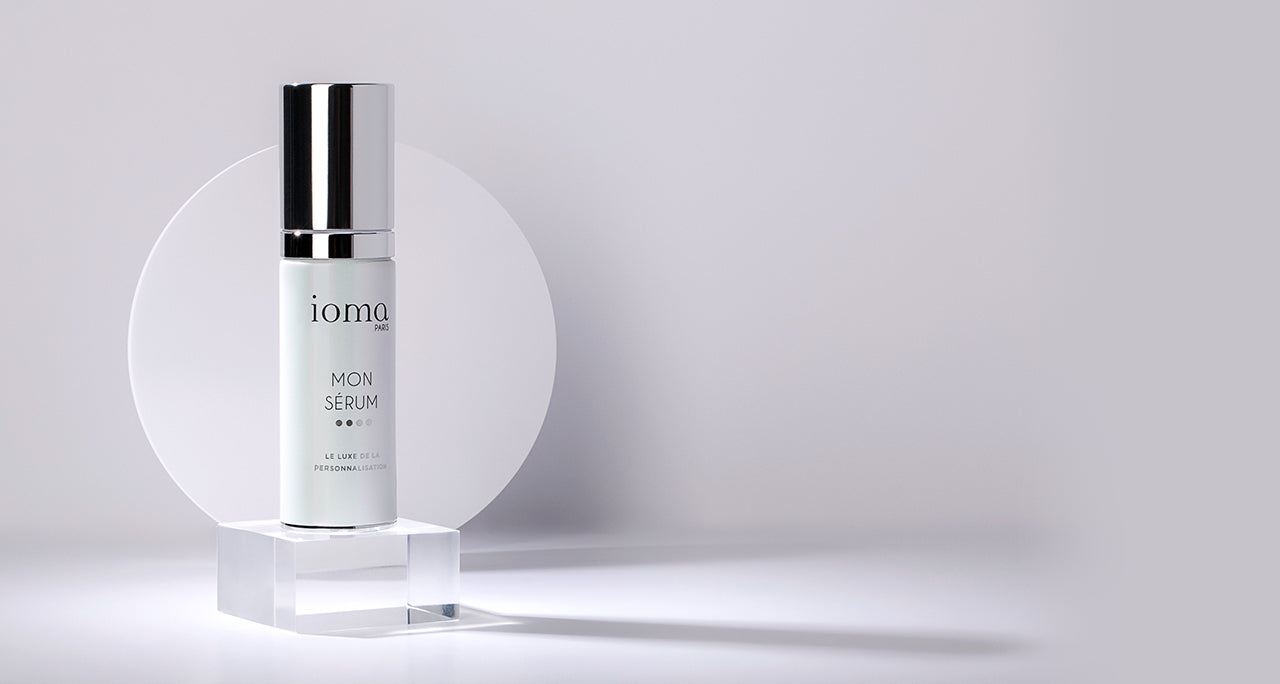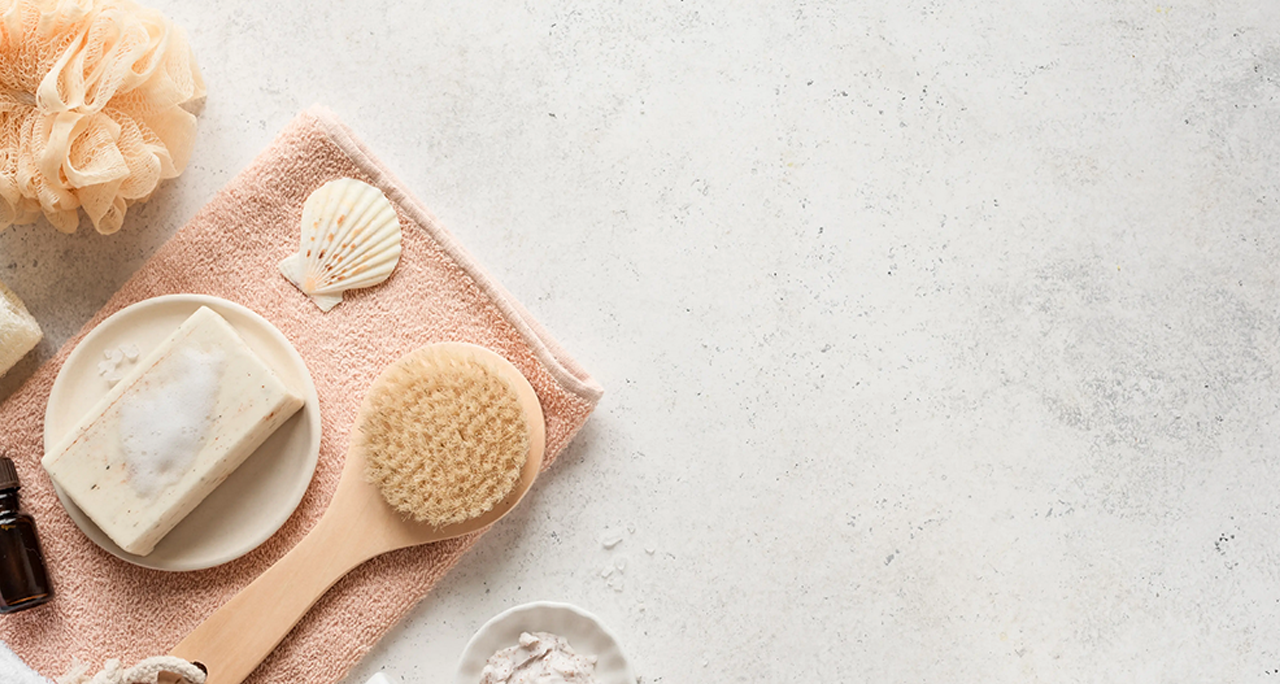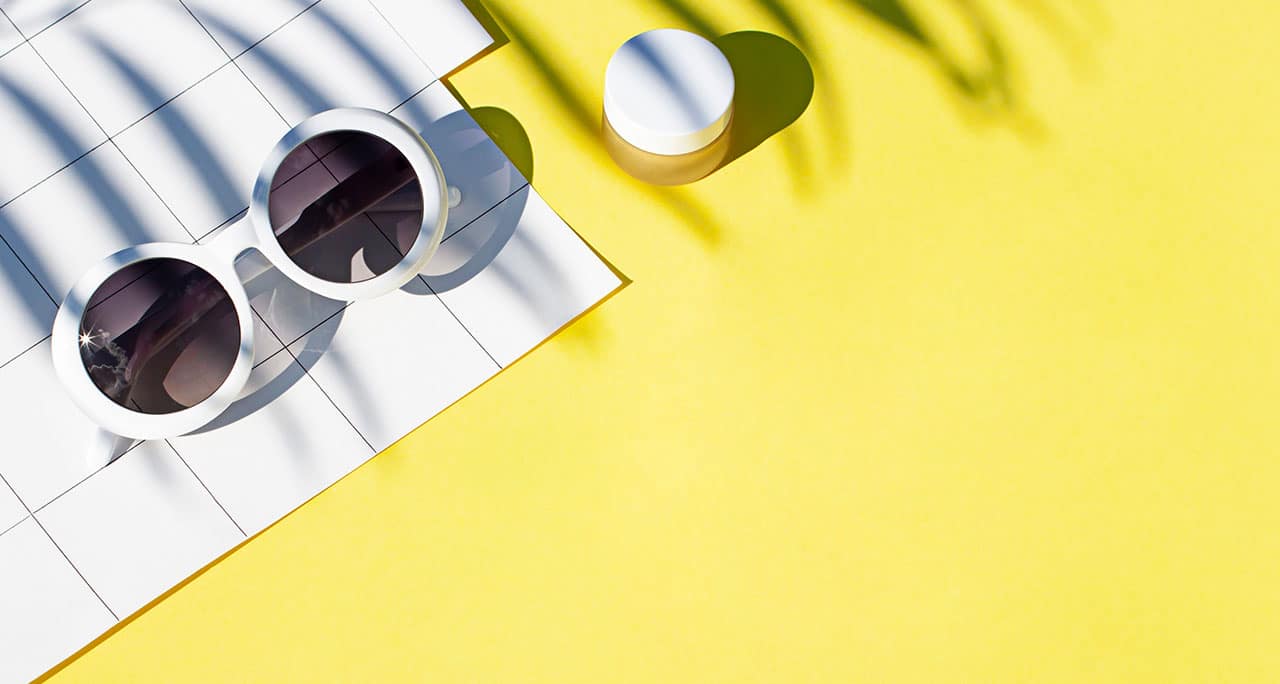
UVA/UVB: how do I choose the right sun protection?
UVA/UVB what are the differences?
When you buy sunscreen, you know it protects against UVB and UVA rays . But do you really know the difference between the two? Did you know that there are actually 3 types of UV rays? They are classified according to their wavelength, that is, their penetration into the skin:
- First up are UVA rays, which represent 95% of UV rays. Less visible in the short term, they are no less harmful because, by passing through clouds, they reach the dermis of your skin even when you don't think you're exposed. These rays accelerate skin aging.
- UVB rays, on the other hand, represent only 5% of UV rays, but are short-term. They cannot penetrate clouds or windows, and they are what allow your skin to tan. But they are also the cause of the famous sunburns in the event of prolonged exposure.
- Finally, UVC , the latest, is less well known because it is filtered by the ozone layer and therefore does not reach your skin (hence the fact that we do not find protection against UVC in sun care products).
As you will have understood, UVA rays being stronger, directly alter the cells of our skin and have an impact on its aging: wrinkles deepen, mark more quickly and, in the worst cases, are responsible for skin cancers. UVB rays, on the other hand, color the skin more or less (tanning and sunburn).
What do protection indices mean?
The SPF (Sun Protection Factor) index
SPF is a measure of the level of protection against UVB rays. Sunscreens are grouped into 4 SPF levels. The sun protection factor was defined by Schulze in 1956 as follows: "It is the ratio between the minimum erythemal dose (MED) on skin protected by a sunscreen product and the minimum erythemal dose on the same unprotected skin." More clearly, if an individual gets sunburned after 5 minutes of exposure without protection, an SPF of 50 means that it will take 4 hours 15 minutes (50 x 5 = 250 minutes) to get an identical sunburn with this sunscreen. This shows that a sunscreen with an identical protection factor can protect for a longer or shorter time depending on the phototype (skin tone) of the person.
The PA index
The PA defines UVA protection according to Asian legislation and requires the level of UVA protection to be given. This level is expressed as a "+", used from 1 to 4 to express the intensity.
What protection? For what skin types?
As we mentioned above, the level of protection also depends on your skin type. However, we recommend that you always choose the highest protection, i.e., the highest SPF, regardless of your skin type. Your tan will be more beautiful and long-lasting because your skin will not have suffered any trauma during the first few exposures. We also recommend that you reapply your cream after each swim and avoid exposure during the hottest hours, especially if you have fair skin.
My ideal routine
Every day, and all summer long, the Cell Protector SPF 50+ & PA++++ daily care is ideal for moisturizing your skin and protecting it from UV rays, even in the city (remember: UVA rays pass through clouds!). This day care also acts as a global shield against free radicals (stress, pollution, etc.). Applied in one gesture using its puff, it ensures maximum skin protection and gives a boost of freshness to the complexion. To prolong your beautiful tan and help your skin regenerate, it is important to moisturize it after exposure. To do this, you can use a body moisturizer or an after-sun cream , both will be beneficial. We also recommend exfoliating every week to remove dead cells from the surface of the skin and revive your tan.
